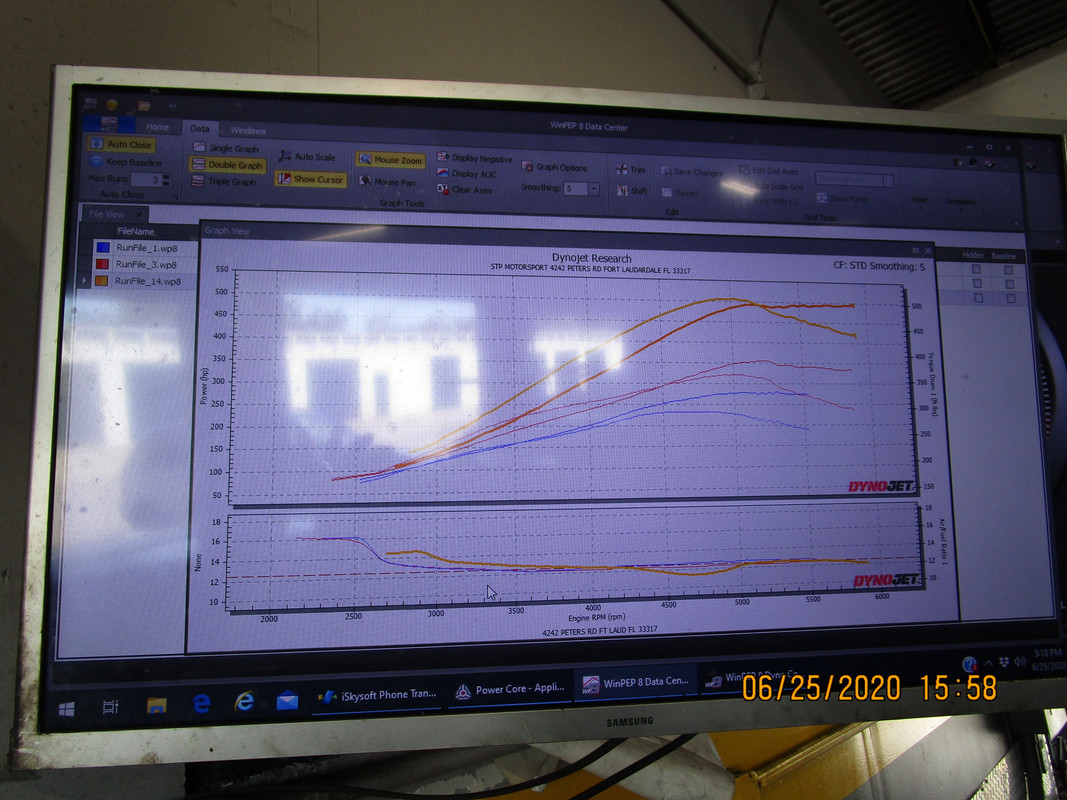Just started playing with high and low octane tables this week i started lessons with the tuning school about a month ago. Anyways i have a 00 silverado 5.3l P01 gen 3. Motor has 3,000 miles. Truck ran real sluggish before. I tuned the VE tables and MAF, then started turning my WOT timing up, im at 26 degrees rn and truck feels way better then ever. My question is can i go any higher, running on 87 octane. I have 0 knock at WOT. Also if im adjusting my timing do i need to re adjust my VE tables and MAF to help with my LTFT? One more question is ther any need to adjust my timing on idle and part throttle, if so do i only select the cells in shows in the book? Truck is all stock at the moment just trying to unlock some power for now. Thanks for any help and advice.




 Reply With Quote
Reply With Quote

